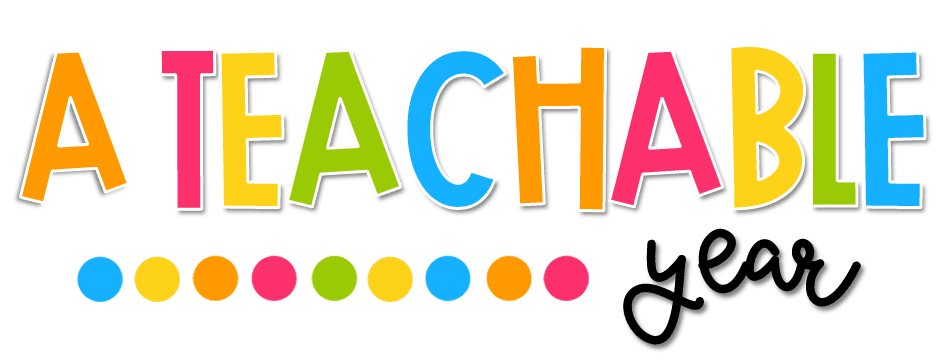A small world play area can be created with recycled materials. Try using different materials to create texture and interest in your small world play area. Use old tins, cardboard boxes, and bottles to create houses, castles, and skyscrapers for small world play.
Get creative and use your imagination to come up with other ideas for small world play.
Learning opportunities:
• Create stories and take on roles.
• Use their imagination during pretend play.
• Make use of available resources to create props to support their play.
• Recount known stories based in a home setting.
• Make use of props when role playing characters in stories they know or have created.
• Talk about their experiences and how to include them in their play.
• Explore new vocabulary related to stories, scenarios and equipment found in the role-play area.
• Use new vocabulary in different contexts.
• Use longer sentences to describe what they are doing.
• Talk about their ideas and organise their play.
• Explore and use a range of social phrases during role-play activities.
• Hold conversations to continue and develop role-play activities.
• Ask and answer questions within a small group situation.
• Express their ideas and take into account other children’s ideas.
• Use language to create narratives.
• Select and use resources to develop and enhance play ideas.
• Develop confidence to explore and create new scenarios and situations.
• Play with one or more friends to develop, extend and elaborate play ideas.
• Work together to find solutions to problems or conflicts. For example,
suggesting different roles to take on during role-play activities.
Key questions
• Create stories and take on roles.
• Use their imagination during pretend play.
• Make use of available resources to create props to support their play.
• Recount known stories based in a home setting.
• Make use of props when role playing characters in stories they know or have created.
• Talk about their experiences and how to include them in their play.
• Explore new vocabulary related to stories, scenarios and equipment found in the role-play area.
• Use new vocabulary in different contexts.
• Use longer sentences to describe what they are doing.
• Talk about their ideas and organise their play.
• Explore and use a range of social phrases during role-play activities.
• Hold conversations to continue and develop role-play activities.
• Ask and answer questions within a small group situation.
• Express their ideas and take into account other children’s ideas.
• Use language to create narratives.
• Select and use resources to develop and enhance play ideas.
• Develop confidence to explore and create new scenarios and situations.
• Play with one or more friends to develop, extend and elaborate play ideas.
• Work together to find solutions to problems or conflicts. For example,
suggesting different roles to take on during role-play activities.
Key questions
• Do you need anything else?
• How could we make…?
• What do you know about…?
• What might happen next?
• What would you like me to do?
• I wonder if we could create….
• Tell me about the parts of a…
• How could we organise the…?
• Could you find a different way to…?
• How could we create the ocean? What would we need?
• Could you tell me about these characters?
•
Can you tell me about what you’re doing?
• How shall we set it up/where shall we put…?
•
What is happening in the scene today?
• What are you making/eating?
• Do you need anything else?
• Who are you pretending to be?
•
Who else is in the scene with you?




No comments
Post a Comment
Thanks for your comment!